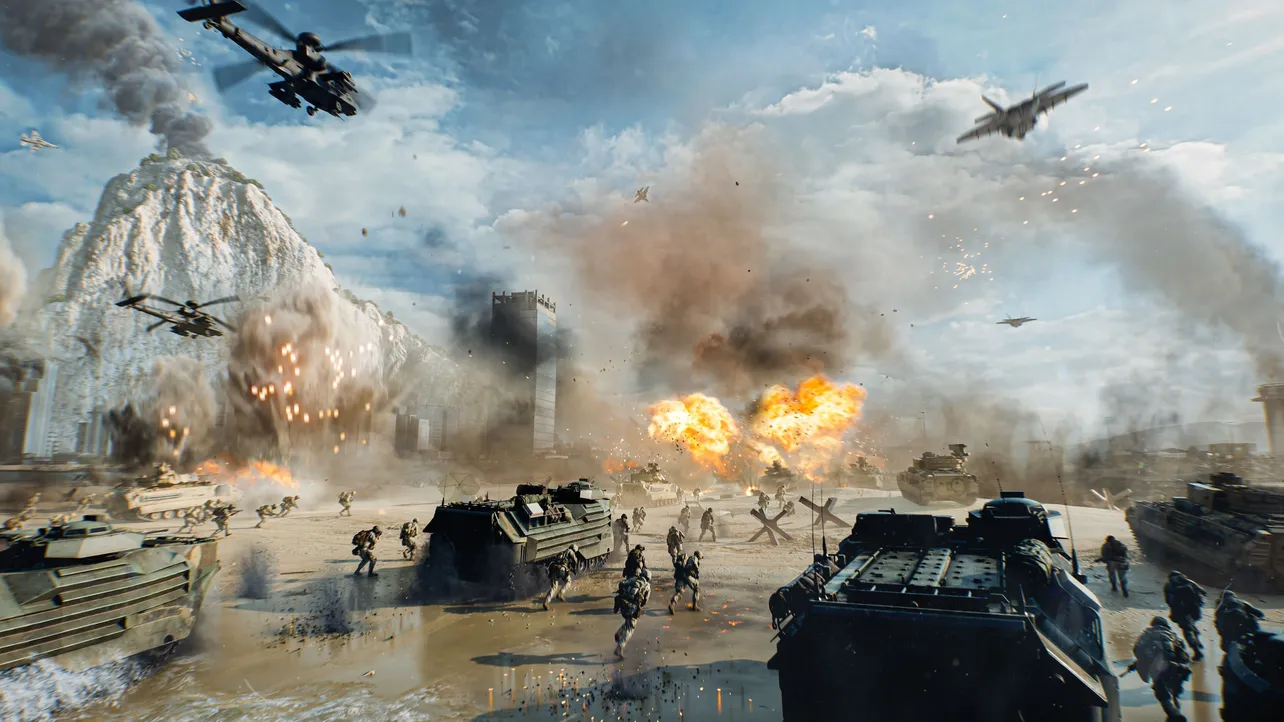Battlefield 6 brings back four clearly defined roles — Assault, Engineer, Support, and Recon — each built around a signature weapon proficiency, a core gadget, and two training paths that push you toward specific tasks. You can swap classes at match start, after you die, or briefly after spawning, so pick for the situation: map size, vehicle density, and what your squad is missing.
Open vs. closed weapons (and what “signature” really means)
In standard modes, weapons are “open,” so any class can run any gun. Signature weapon proficiencies still matter, because they unlock class-only bonuses when you use the intended weapon type:
- Assault: Assault rifles — faster sprint-to-fire and quicker swaps
- Engineer: SMGs/PDWs — tighter hip-fire for close quarters
- Support: LMGs — no sprint-speed penalty while shouldering an MG
- Recon: Sniper rifles — steadier scope breath and faster rechamber
Some playlists and modes use “closed” weapons that lock guns to classes. Either way, the signature proficiencies make those pairings more effective.
Quick comparison of the four classes
| Class | Role | Signature weapon bonus | Signature gadget | Trait | Active ability | Training paths |
|---|---|---|---|---|---|---|
| Assault | Frontline attacker; close-to-mid range | Assault rifles: faster sprint-to-fire and swaps | Adrenaline Injector: speed and resistance buffs | Soft Landing: reduced fall damage, no post-fall slow | Reveal nearby enemies; kills extend duration | Grenadier (more grenades, launcher reloads, flash resistance); Frontliner (regen, extra injector, lower move-fire penalty) |
| Engineer | Vehicle control; destroy or repair | SMGs/PDWs: improved hip-fire control | Repair Tool: fixes friendly vehicles, damages enemy assets | Explosive resistance | Overload the Repair Tool for much faster repairs | Anti‑Armor (more rockets, faster reloads, repair‑debuff hits); Combat Engineer (auto‑repair while inside, longer torch use, auto‑spot mines) |
| Support | Medic and sustain; revives, ammo, cover | LMGs: no sprint penalty | Supply Bag/Box: ammo and passive health regen to nearby allies | Quick Revive and faster drag speed | Temporarily enlarge supply radius and revive faster | Combat Medic (mobile healing, self‑regen on revive); Fire Support (better mounted control, stronger ammo provisioning) |
| Recon | Intel and pickoffs; spotting, sniping, infiltration | Sniper rifles: steadier breath and faster rechamber | Motion Sensor: detects moving enemies, vehicles, gadgets | Auto‑Spot while aiming | Call in a UAV to scan and mark enemies in an area | Sniper (stronger spotting, chest‑shot reveal, headshot no‑revive); Pathfinder (quieter movement, detection resistance, damage‑spot) |
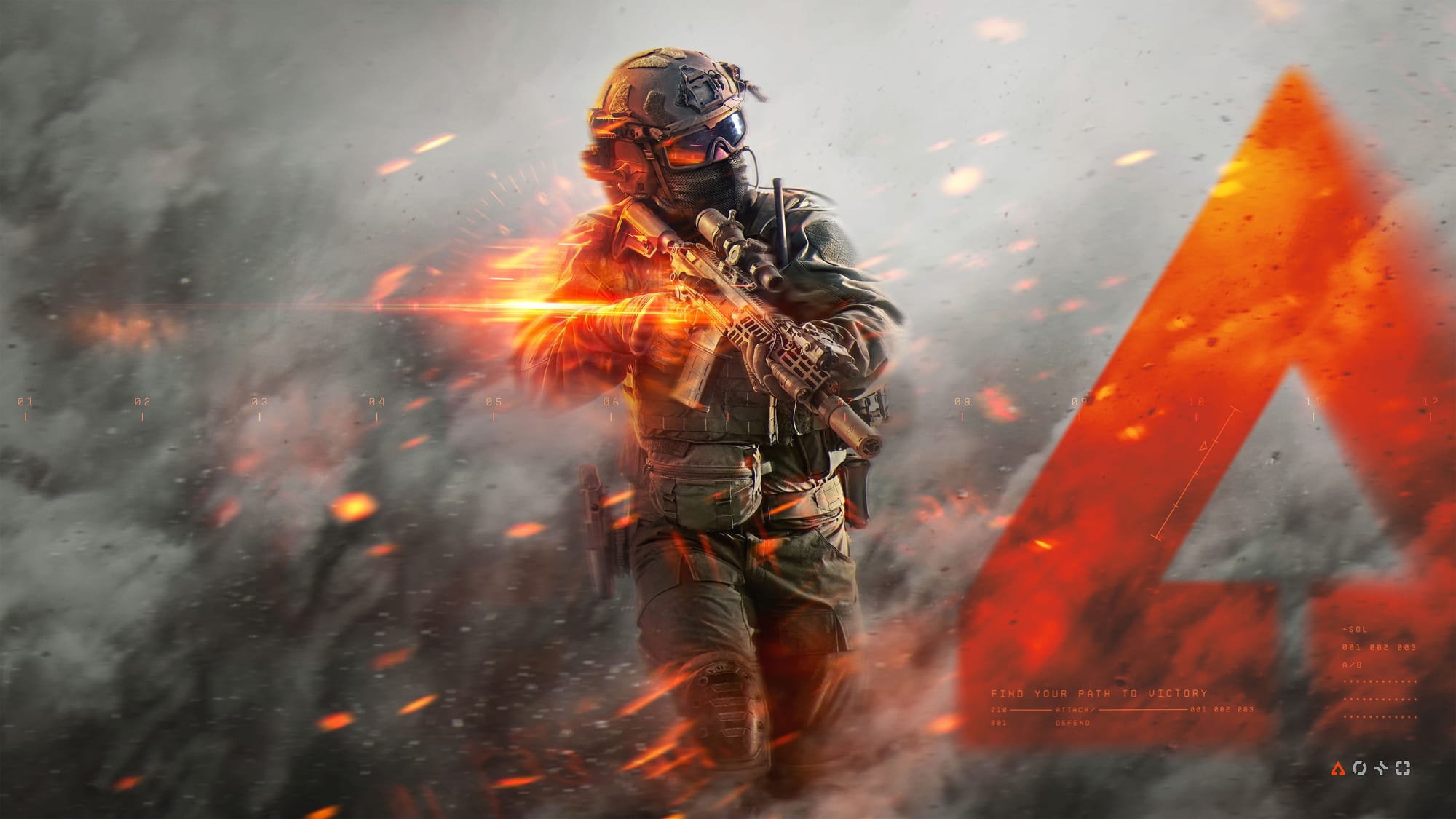
Assault class: breach, clear, and keep moving
Assault is the most straightforward way to contribute on infantry-heavy objectives. You get explosive utility (grenade launcher options), rapid mobility, and a stimulant that lets you break lines without getting bogged down by slows and flash effects.
- Combat style: push first, trade fast, capitalize on close and mid-range fights.
- Signature gadget: Adrenaline Injector boosts sprint speed and resistances; it’s a pre‑fight buff, not a heal.
- Active: trigger an enemy reveal; chaining kills extends the window.
- New team tools: Assault Ladder for instant high ground; Deploy Beacon as a limited-use spawn point that self-destructs if you respawn on it.
Training choices shape your toolkit: Grenadier leans into explosives with extra grenades and launcher reloads; Frontliner emphasizes survivability and pressure with improved regen, an extra injector charge, and fewer penalties while firing on the move.
Tip: Pop the injector before an entry. Treat it like a timed combat buff, not an emergency button.
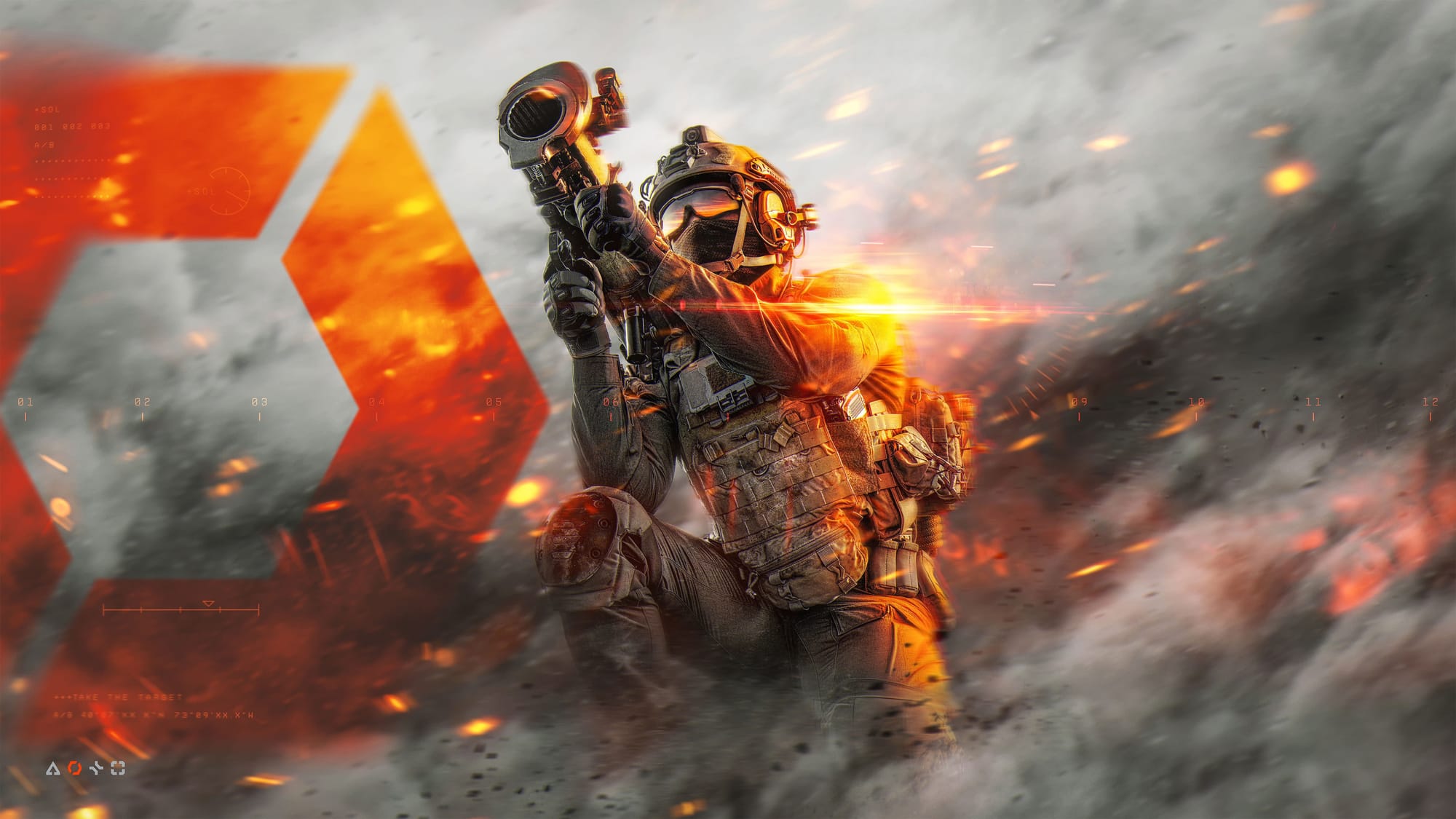
Engineer class: the vehicle problem solver
Engineers decide vehicle fights. The Repair Tool keeps armor in play; rockets, mines, and guided options punish overextended tanks and aircraft. You’re the swing factor on Conquest and Breakthrough when armor stacks up.
- Combat style: stick with friendly armor to repair; rotate to priority armor threats with rockets and mines when the lane opens.
- Signature gadget: Repair Tool (overheats if held too long); the active temporarily supercharges repair speed.
- Anti‑armor picks: unguided RPGs for flexible shots; lock‑on launchers to control the air; mines to block lanes.
Training paths lock in your lean: Anti‑Armor adds rockets and reload speed plus a repair‑debuff on hits; Combat Engineer improves sustain — longer torch uptime, passive vehicle health benefits when you’re inside, and automatic mine spotting.
Note: Engineers feel less dominant on infantry-only modes. On vehicle-heavy maps, they’re essential.
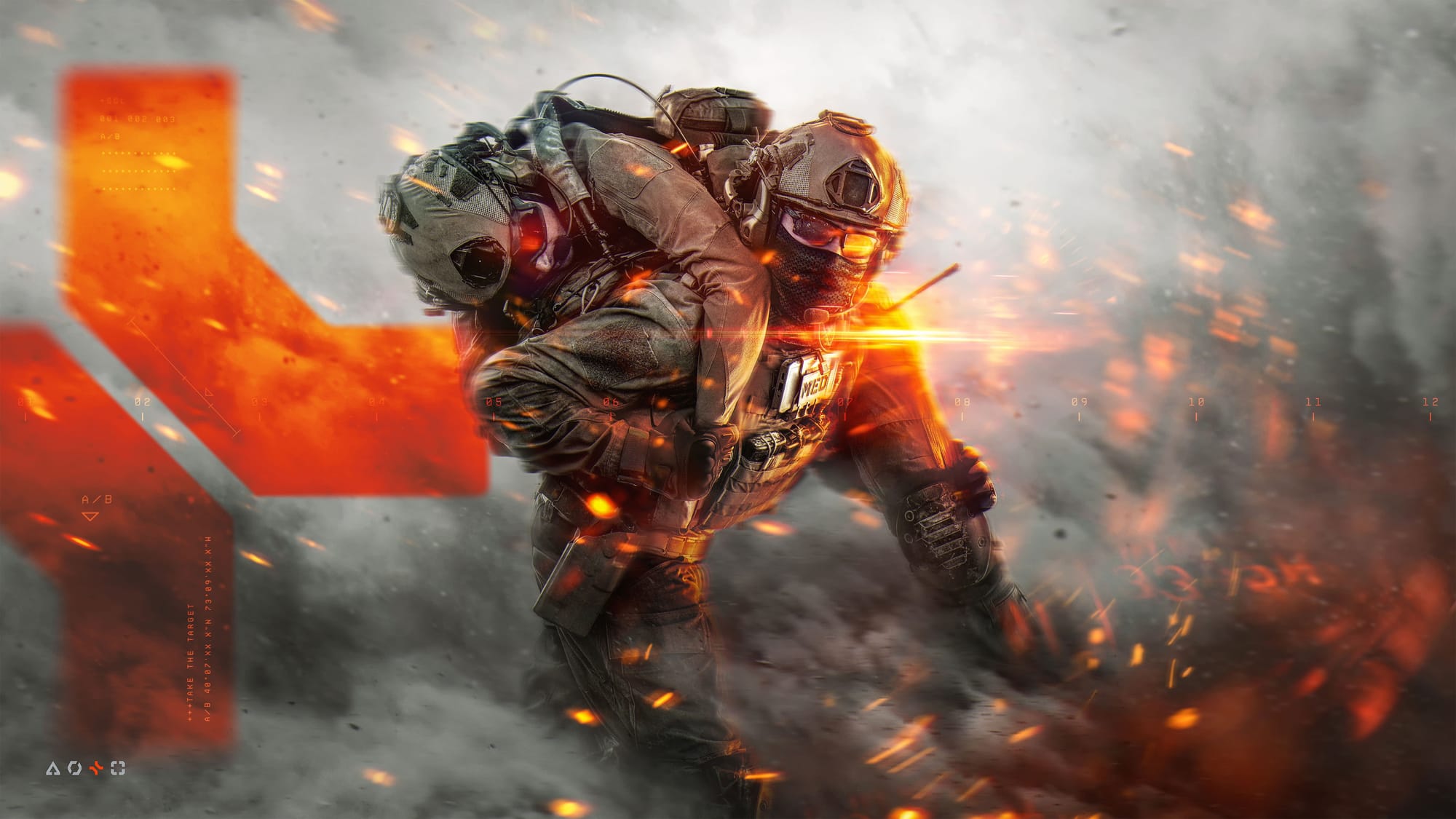
Support class: the team’s life insurance
Support stabilizes pushes and holds. You revive faster, drag allies out of sight, hand out ammo and health, and set up safe revives with smoke and deployable cover. With an LMG, you can suppress lanes while moving at a normal sprint.
- Combat style: backline anchor; rotate between revives, resupplies, and suppressive fire.
- Signature gadget: Supply Bag/Box fuels ammo and passive health regen in an area.
- Key options: Defibrillator for instant revives (charge for a stronger return); Deployable Cover to create safe angles.
Training steers you toward either Combat Medic (mobile healing, self‑regen during revives) or Fire Support (better mounted weapon control and stronger ammo resupply options).
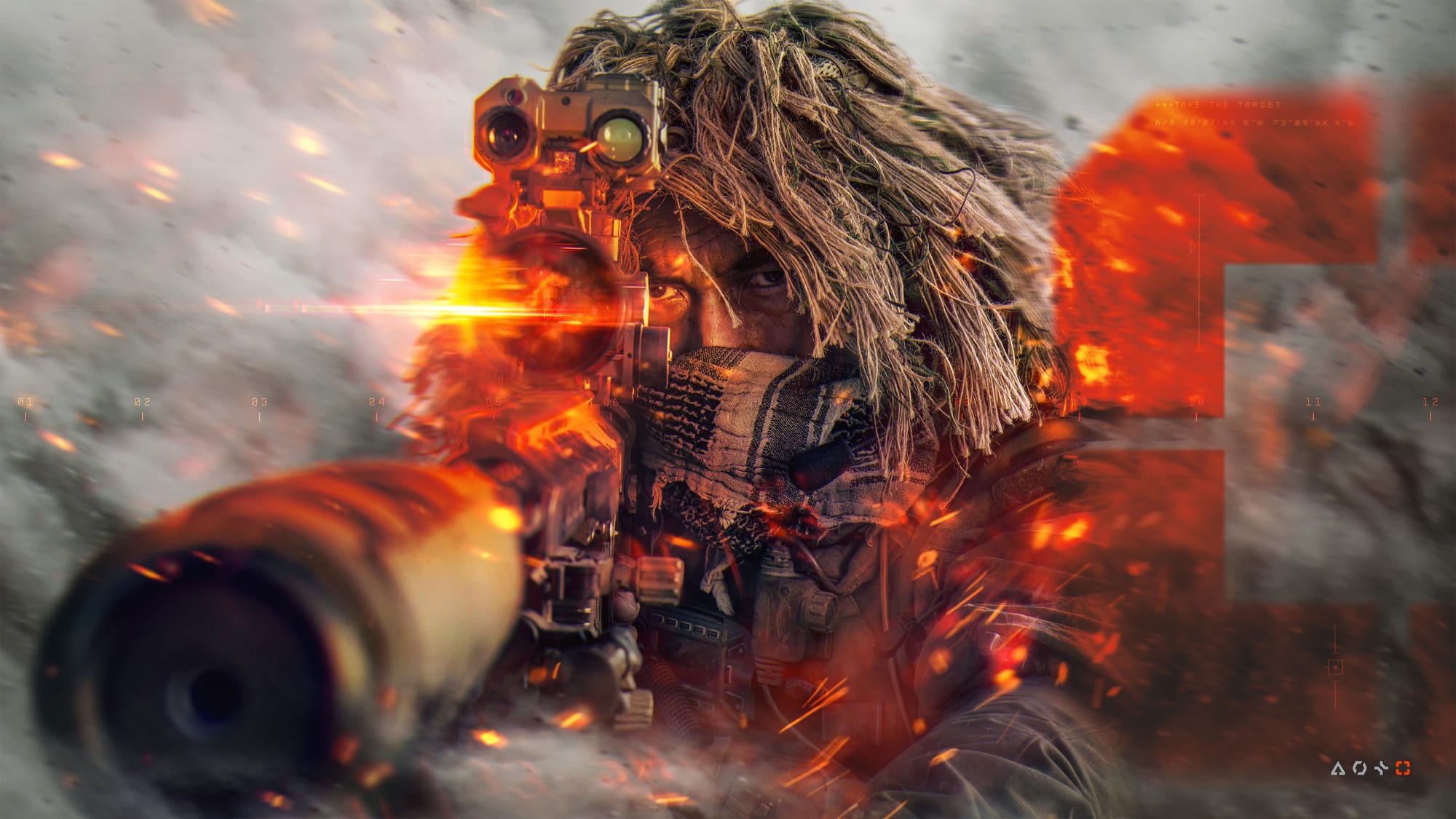
Recon class: vision wins fights
Recon reduces uncertainty. Motion sensors and auto‑spotting light up the minimap; the UAV active paints an area so your team can time pushes. From there, you either snipe anchors or slip into flanks with lighter, quieter kits.
- Combat style: information first; eliminate priority targets without exposing the squad.
- Signature gadget: Motion Sensor detects moving players, vehicles, and gadgets; crouched/prone movement can avoid pings.
- Unique tools: UAV for area-wide marking; access to C4 for sabotage and objective denial.
Pick Sniper training to maximize long-range control (faster and longer auto-spotting, chest-shot reveal, headshot no-revive) or Pathfinder for infiltration (quieter movement, detection resistance, damage‑spot). The Spawn Beacon sits with Assault now to emphasize team-centric respawns.
When each class makes the most sense
- Small, infantry‑dense modes: Assault and Support drive objective trades and revive chains.
- Vehicle‑heavy Conquest/Breakthrough: Engineers keep friendly armor alive and shut down enemy pushes.
- Large, open maps: Recon’s sensors and UAVs reduce guesswork; sniper packages shine with clear sightlines.
There isn’t a single “best” class. Assault is the easiest entry point, but the right pick is whatever fills a gap in your squad and counteracts what’s winning the enemy fights.
Class switching and loadout tweaks
You can switch classes at the start of a match, after you die, or during a short post‑spawn grace period. Loadout edits are available on the respawn screen; if you need a deeper rework, make changes between matches so you’re not off the field for long.
If you’re unsure where to start, build around your map and squad realities: bring Assault to break stalemates, Support to keep numbers up on the point, Engineer when armor dictates the pace, and Recon whenever information — not aim — is the real bottleneck.

